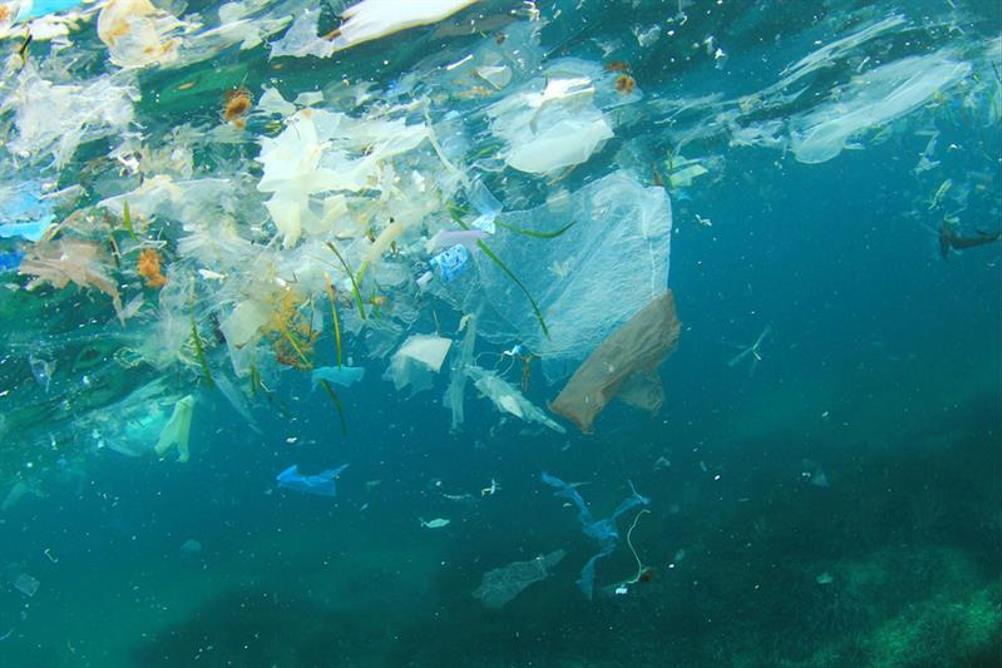
The latest government figures show that more than 222 million tonnes of waste were produced in the UK in 2018. Just over 43 million tonnes of that was commercial and industrial waste. Around 7.3 million tonnes of all waste generated was sent for incineration and a further 8.5 million tonnes for incineration with energy recovery. Though it is difficult to estimate how much waste is generated by the dental system in the UK, NHS providers alone are thought to produce approximately 156,000 tonnes of clinical waste annually, which is incinerated or sent for alternative treatment.
Environmental impact is twofold
What does all this mean for the environment? There are two key ways in which this waste impacts the natural world. The first relates to waste items that are carelessly discarded and left to pollute the oceans and the land. You are unlikely to have escaped the many pictures that have circulated national and social media showing the mountains of plastic washed up on beaches and the ‘plastic islands’ still floating in our seas. These plastics are endangering wildlife, poisoning sea life and posing a threat to the human food chain.
The second problem with such a huge amount of waste being generated every year, is the way much of it has to be treated when disposed of correctly. The incineration of waste creates climate-changing emissions that include carbon dioxide, nitrous oxide and ammonia, among others. Carbon dioxide is often generated in the highest amount and therefore considered the major climate-relevant emission. One study that attempted to calculate the emissions generated through incineration looked at Germany as an example and estimated that 1mg of municipal waste in municipal solid waste (MSW) incinerators released 0.7-1.3mg of carbon dioxide. It has been estimated that emissions generated from waste incineration are comparative in size to those produced by traffic.
Reducing damage to the environment
Of course, the obvious suggestion to reduce the environmental impact of waste is to reduce the amount of waste generated in the first place. However, this is not always realistic and certainly very difficult – if even possible – within the dental (or wider healthcare) industry. As such, attentions must focus on how the waste created is managed.
This all comes back to effective segregation and disposal of waste items. When waste products are properly identified and marked at source, they can follow the most appropriate disposal workflow. Not only does this prevent waste from being mistreated and left to pollute the environment, but it also means that incineration and other energy-intense waste treatments can be reduced and only used in situations where they are absolutely required.
This is the concept on which the new NHS clinical waste strategy is based. This initiative by NHS England aims to help NHS providers improve waste management practices for enhanced sustainability by eliminating the overtreatment of waste. It is adopting a 20:20:60 approach to waste segregation – 20 per cent waste for high temperature incineration: 20 per cent waste for alternative treatment: 60 per cent offensive waste. The new strategy is reflected in the updated HTM 07-01 guidelines as well, which now places greater emphasis on waste reduction, correct waste segregation, a circular economy and reducing carbon footprint.
What this means for dental practices
Whether dental practices offer NHS dental services or not, they have a responsibility to minimise their impact on the planet through effective waste management. This can be achieved by choosing more sustainable products where possible, ensuring adequate team training and having appropriate waste collection bags and/or containers. The colour coding system incorporated in the HTM 07-01 best practice guidelines are an excellent way of teaching and reminding staff about good waste segregation protocols, even when they are busy. You can put posters up at the relevant waste collection points in your premises. These detail what items go where, and encourage everyone to help make sure that waste is disposed of in the safest and least energy-intensive way.
The other way to optimise your sustainability is to increase your use of recycled or recyclable materials wherever it is appropriate to do so. This should apply to your waste containers, as well as your everyday dental consumables.
For example, Initial Medical offers a comprehensive range of colour coded waste bags, dental containers and sharps containers to make waste segregation simple. The eco sharps containers contain at least 40 per cent recycled plastic and rigid recycled cardboard waste containers are available for soft clinical waste. For extra peace of mind, Initial Medical’s specialist dental waste recycling facility makes sure to not only safely recycle your dental amalgam but also your old dental containers too. Furthermore, colour coding posters are available to download from the website too, supporting every aspect of your waste management and disposal protocols for the best possible outcomes.
No matter how confident you are in your waste management processes, it is important to review your protocols and ensure that all team members know how to play their part. Only by working together can we eliminate overtreatment of waste and minimise the impact waste disposal has on the planet.
References available on request.
For further information please visit
www.initial.co.uk/medical or call
0808 304 7411.
